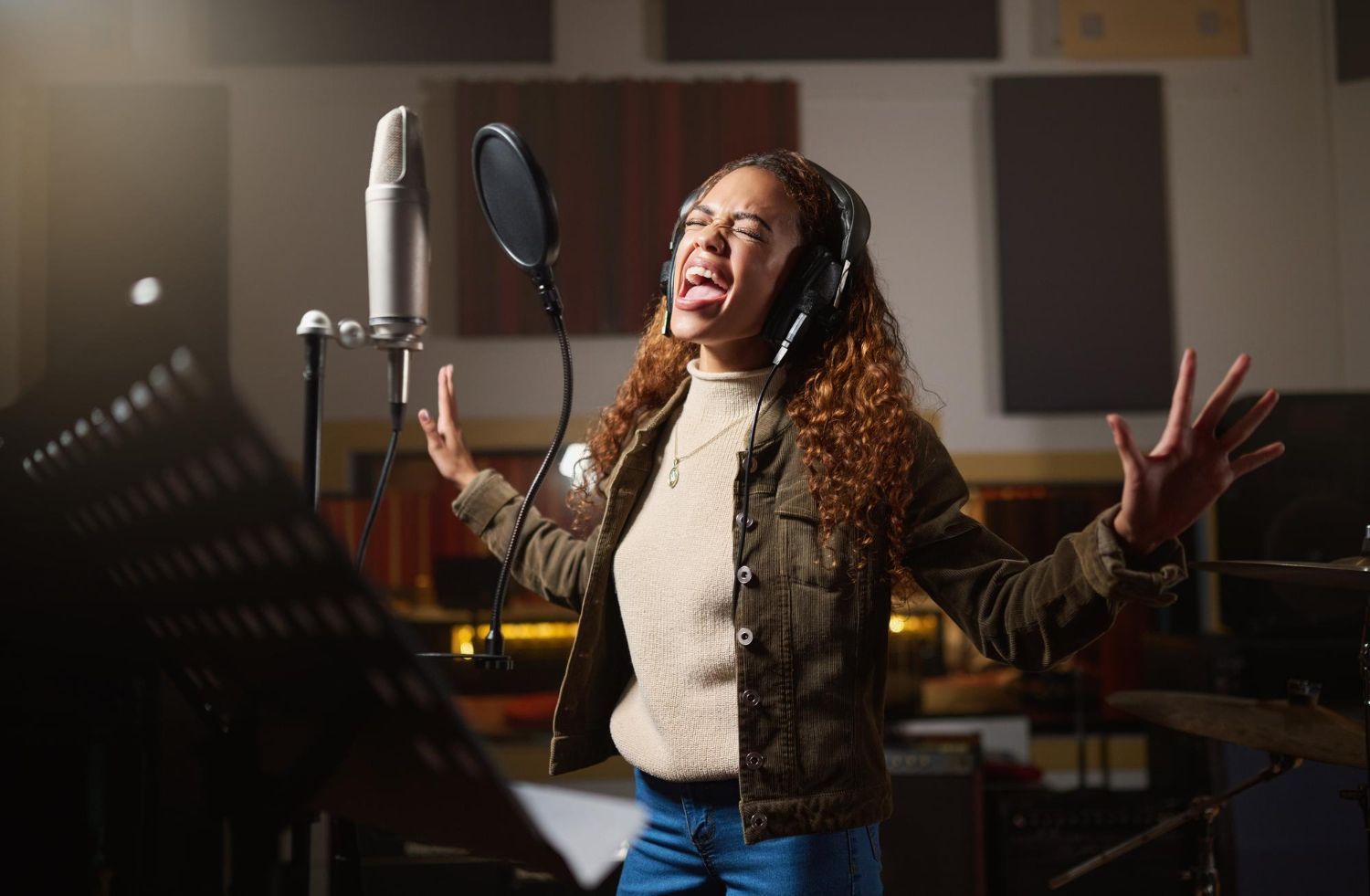
What Body Language Reveals During Voice Lessons
Voice lessons often focus on sound, pitch, and breath control, but body language plays a big role, too. How a student moves or stands says just as much as what they sing. A teacher learns a lot from posture, facial movement, or the way a student breathes before singing a piece.
During voice lessons in Frisco TX, small physical cues often give insight into a student’s mindset and comfort level. A lifted chin shows confidence. A hesitant glance can reveal nerves. These details shape each session, helping teachers adjust their approach for better results.
Reading the Shoulders and Posture
Posture tells a big story in voice lessons. When students stand tall with an open chest, they appear ready—focused and able to control their breath. But slouched shoulders or a collapsed upper body can show fatigue, nerves, or uncertainty about the music.
Good posture supports strong breath and better sound. With the spine aligned and chest relaxed but lifted, the lungs fill more easily, and the voice carries with clarity and volume. Teachers help students with small shifts—maybe rolling the shoulders back or shifting weight forward. Over time, students connect posture with a stronger sound.
In our lessons, posture is the first step to building confidence in both body and voice. When the body feels steady, students are much more likely to trust their sound.
Facial Expressions Speak Volumes
Facial expressions often reveal how a student feels before they say a word. Teachers notice tension in the jaw, lips pressed together, or furrowed brows. These signs mean a student may be carrying stress, which can limit vocal tone and expression.
A relaxed or gentle smile, loosened jaw, and bright eyes can open a singer’s sound and make lessons smoother. Simple reminders—such as dropping the jaw softly or releasing the lips— help the voice come out freely. Teachers sometimes model relaxed features or use gentle prompts while students sing.
In Frisco, many students are preparing for auditions or performances. In those cases, expression matters even more. Facial openness builds a stronger connection between performer and audience and helps match emotion with the music.
Hands, Feet, and Fidgeting
Body language is found in small habits, too. Fingers tapping, feet shuffling, or shifting weight are signs a student may be anxious or distracted. These restless moves can interrupt control and take away from breath support.
During lessons, teachers look for fidgeting and use it as a cue for grounding activities. Sometimes, that might mean standing still with hands by the sides or doing a short breathing exercise before singing. These small steps help students settle into a comfortable, strong stance.
The goal is not perfect stillness, but relaxation and balance. When students feel rooted and focused, their voice often gains confidence and steadiness.
Music Institute of North Texas voice teachers are known for combining traditional technique with body awareness exercises, helping students in Frisco stay grounded, relaxed, and expressive.
What Nervous Habits Reveal and Why They Matter
It is common for nervous habits to show up when students try a new piece or prepare for performance. Pacing, clenching fingers, or locking knees all point to nerves or uncertainty—sometimes even before a student realizes it themselves.
Teachers pay close attention to these habits and respond gently. If tension creeps into a high note, lessons may pause and reset with a different approach. Teachers often suggest shaking out the arms, humming, or taking a break if a student feels overwhelmed.
Performance nerves are real and can appear long before stepping on stage. When body signs of stress are caught early in lessons, students learn tools for overcoming them before they become a challenge.
Confident Body, Confident Voice
Small changes in body language bring big payoffs in voice lessons. When students let go of tense shoulders or calm their hands, their voice grows stronger. Trusting their posture and relaxing with each breath gives room for better sound and clearer expression.
Every voice lesson blends music with body awareness, helping students in Frisco grow both as singers and as people. From upright standing to relaxed faces, weekly changes add up quickly. As fall settles in and routines take hold, body cues grow more familiar, and confidence on the inside starts to show on the outside.
Music and movement are deeply linked. The more at home a student feels in their own body, the wider and freer their voice becomes. Voice lessons in Frisco TX give space for this growth, lesson by lesson, making each student’s sound as unique as their posture and presence.
At the Music Institute of North Texas, we understand how closely body language and vocal growth are connected. Our voice lessons in Frisco, TX
are shaped by careful attention to posture, expression, and comfort so each student can feel confident in how they move and how they sound.
